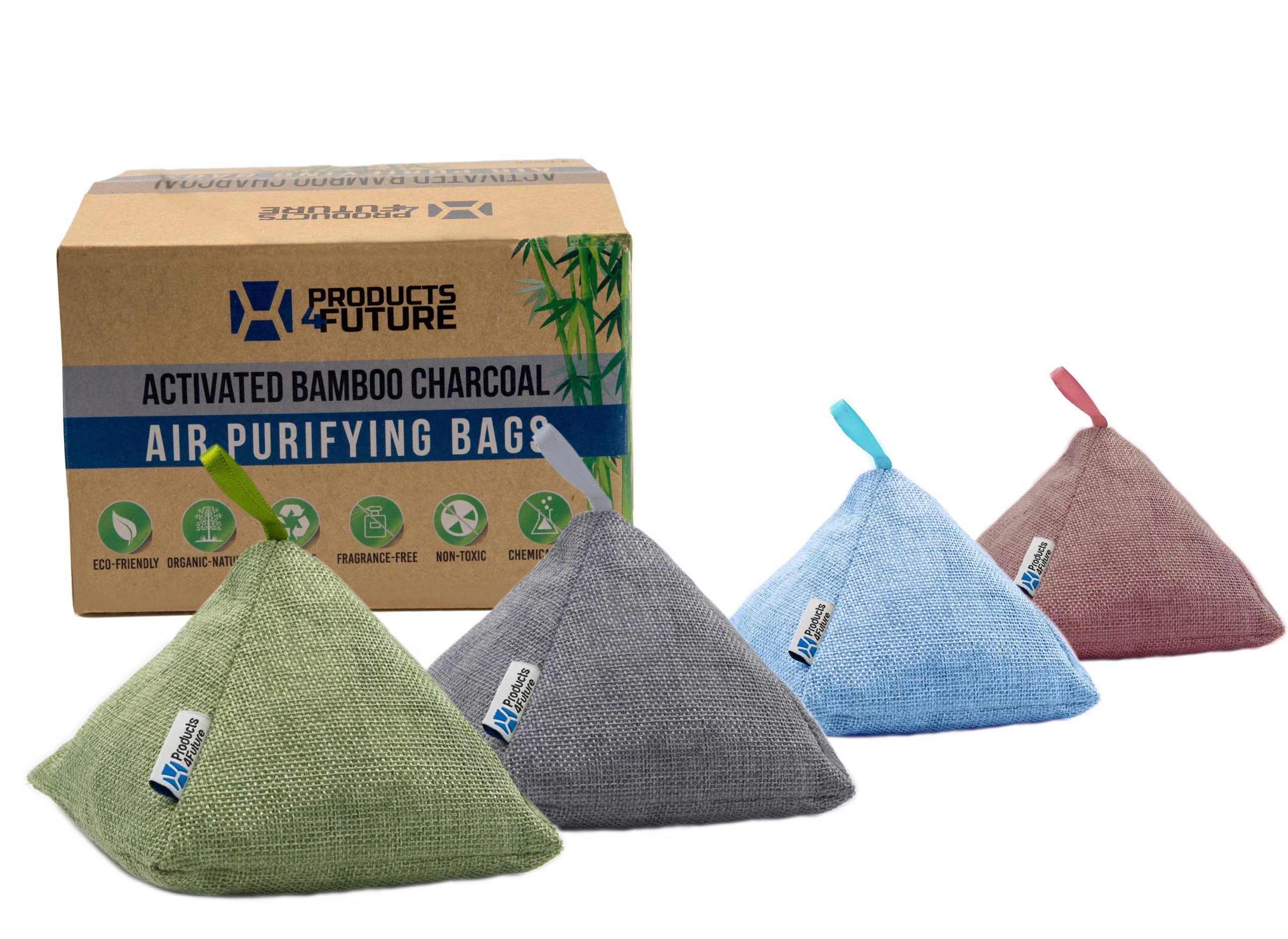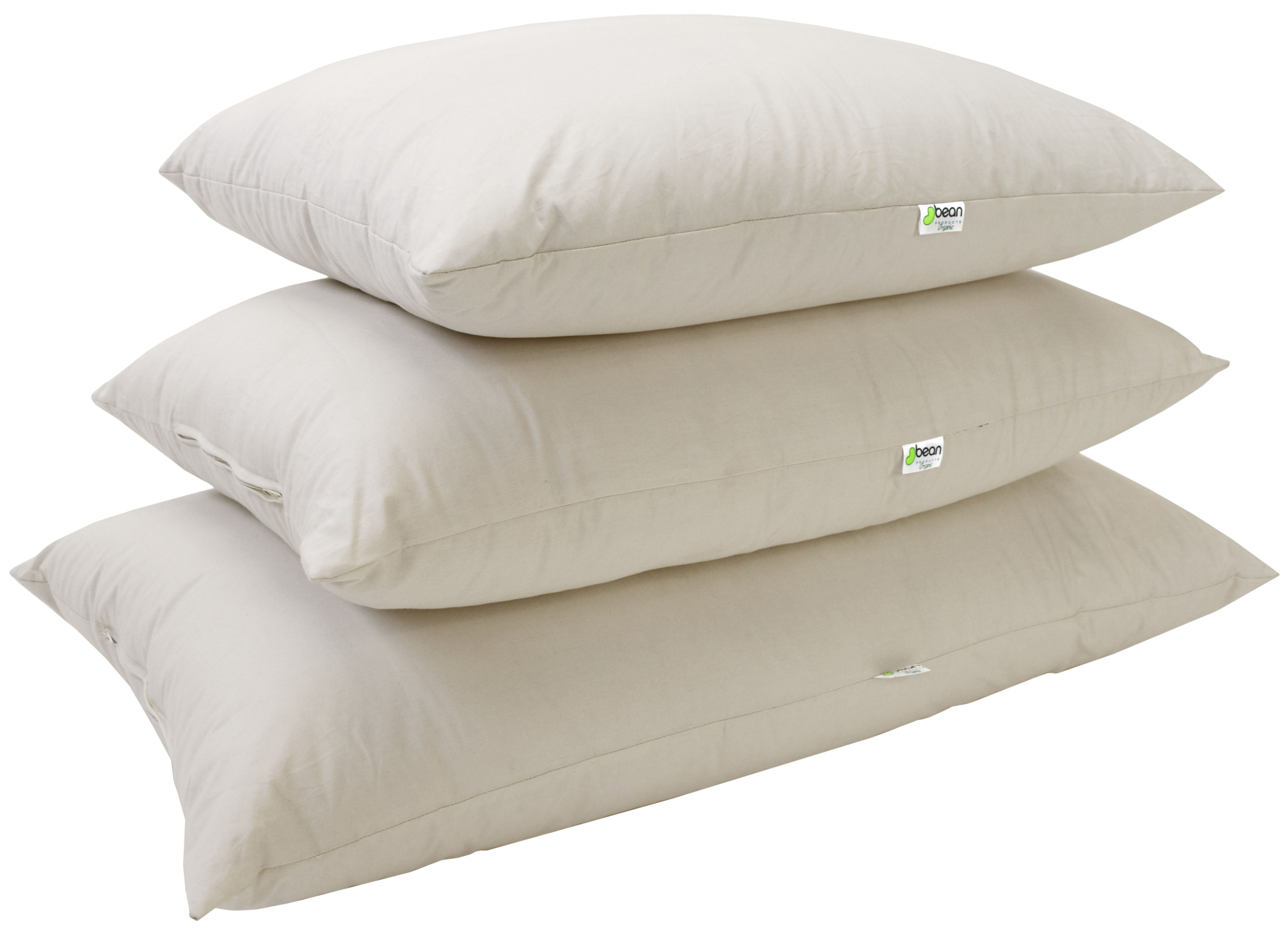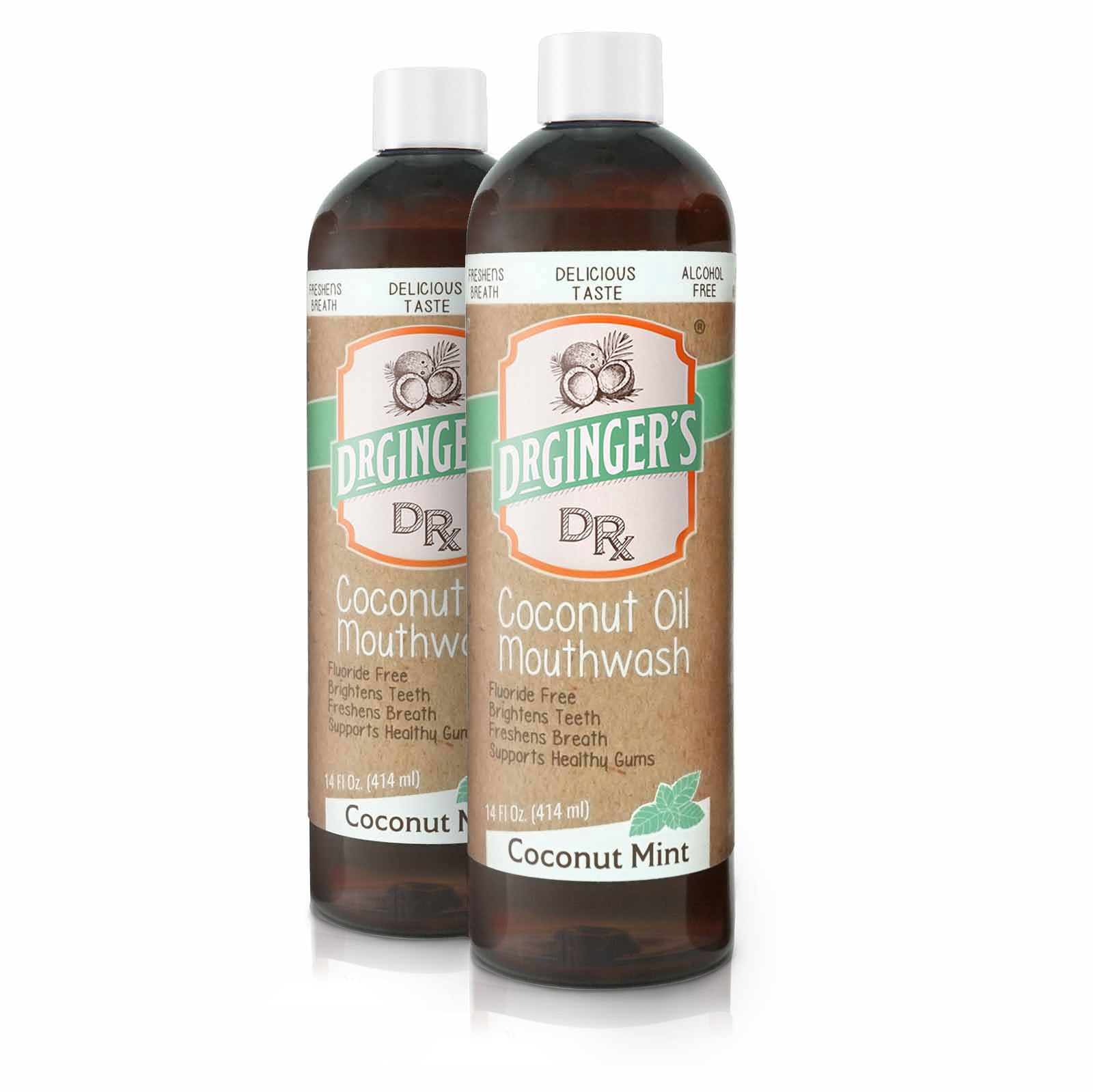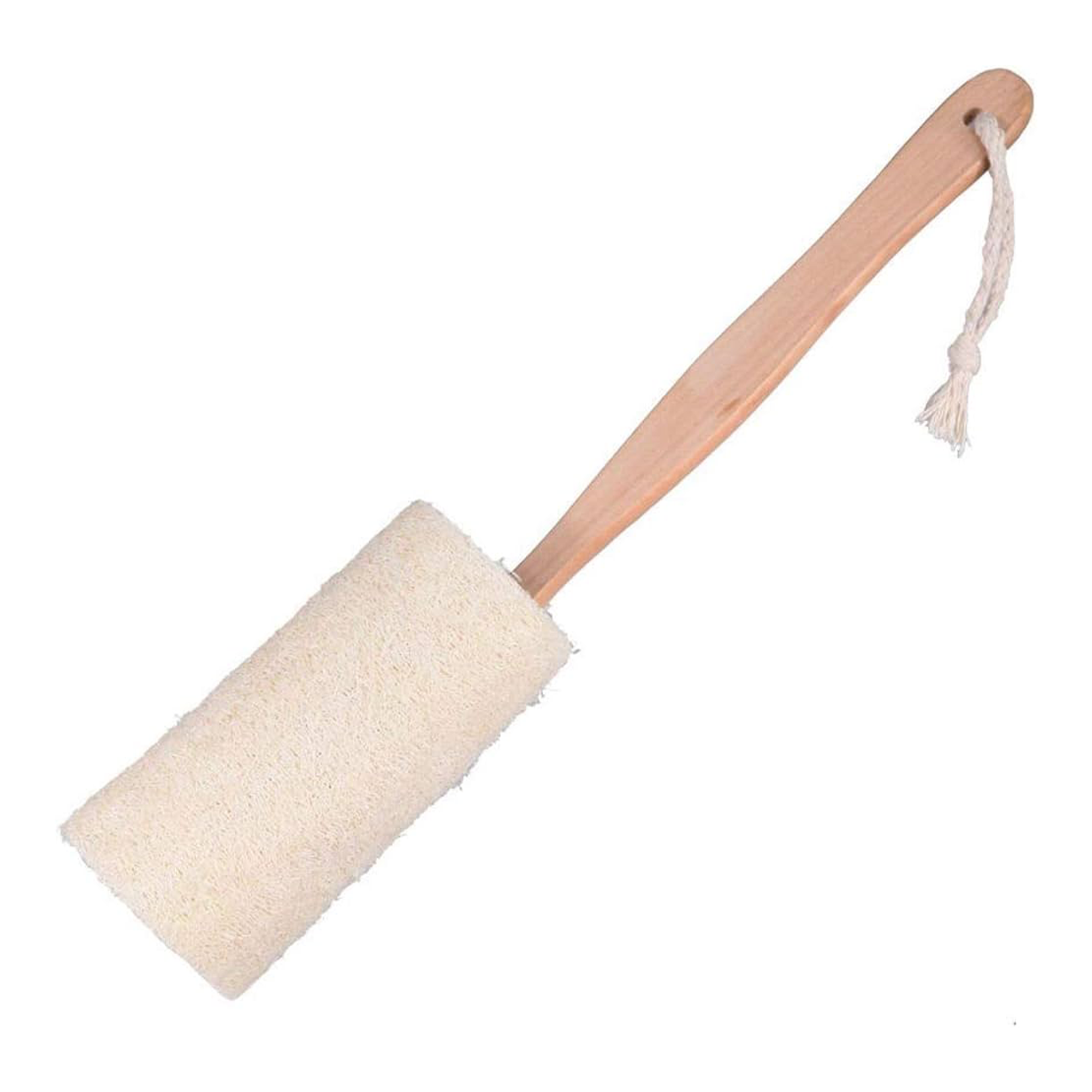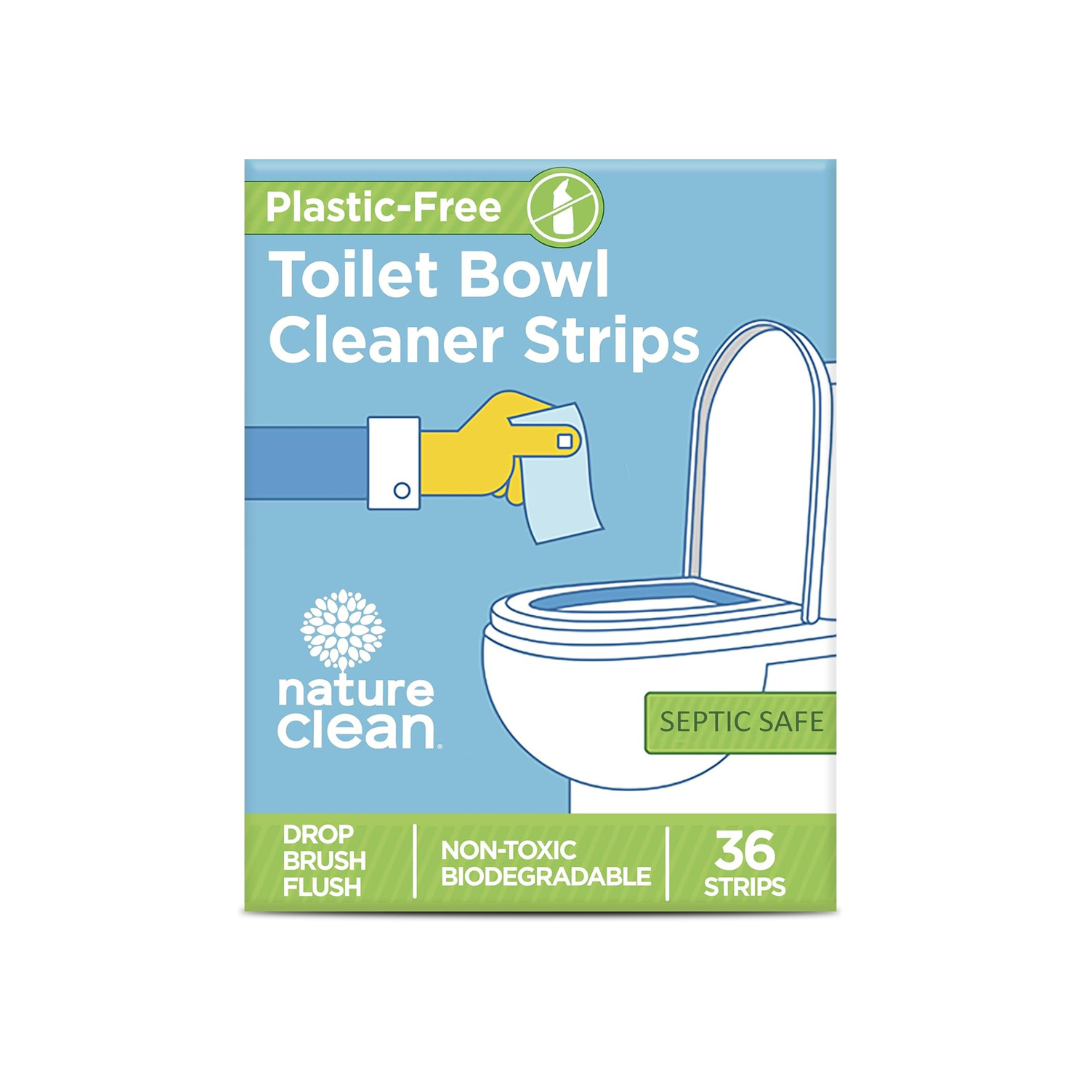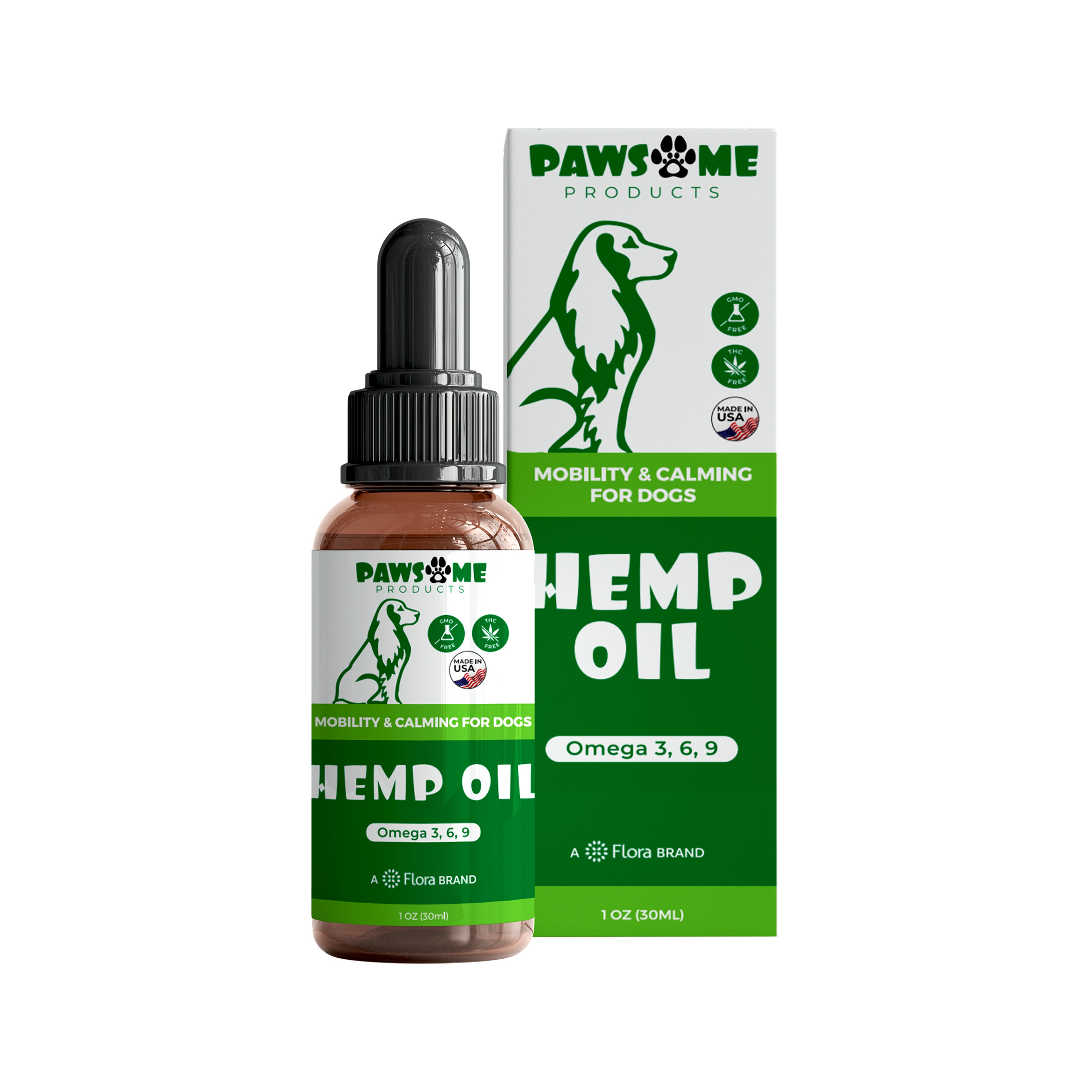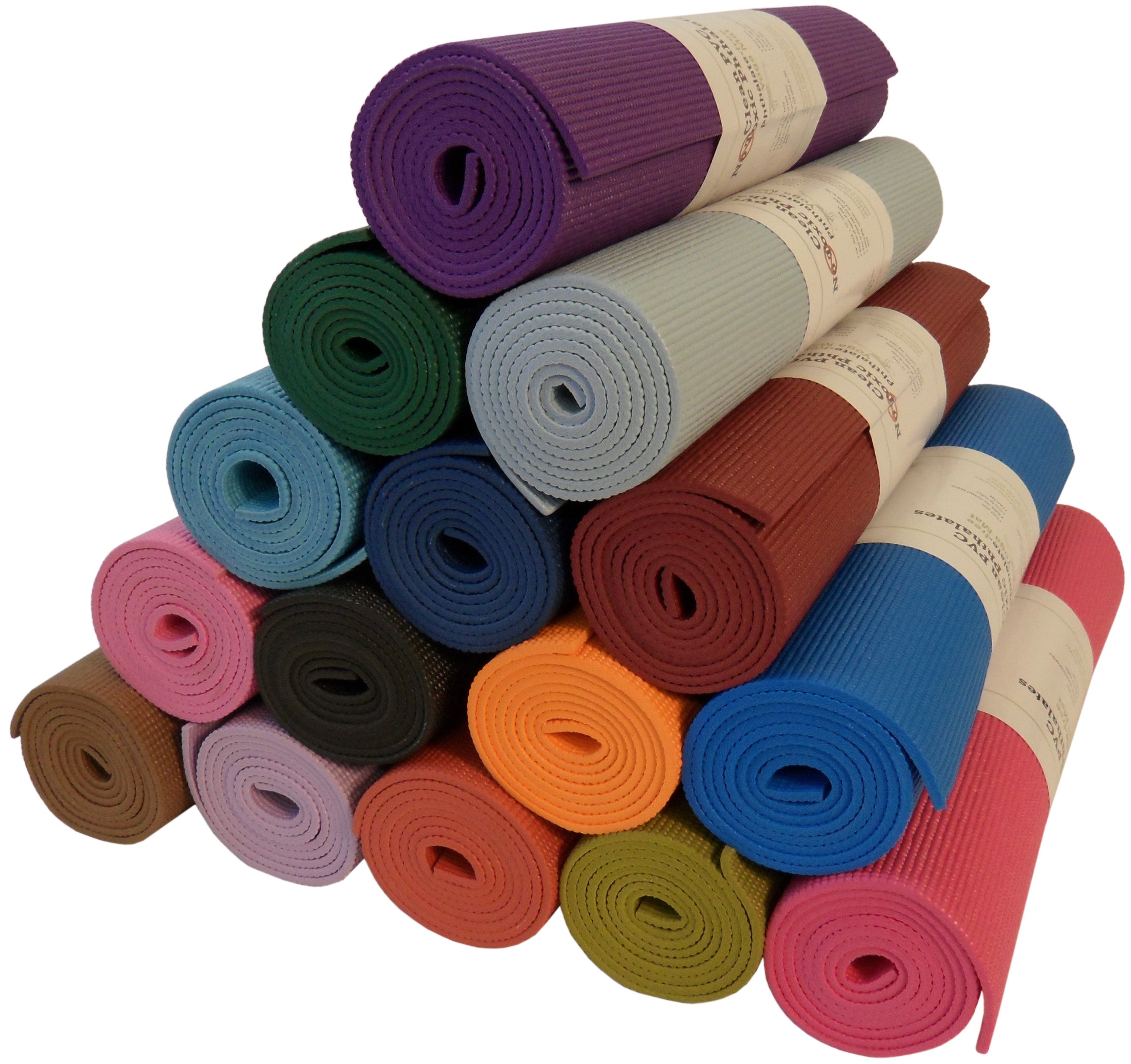Sustainable fashion isn't just a trend; it's a revolution in rethinking how we dress and choose our clothes. It's about making conscious choices that are better for the environment, for the workers in the fashion industry, and for us as consumers. Essentially, sustainable fashion involves practices that significantly reduce the negative environmental impact and improve social conditions in the fashion industry. It's about moving away from the fast fashion model that emphasizes quick and cheap production to a more thoughtful approach focusing on quality, longevity, and ethical production methods.
At Flora, we believe we can fashion a better world.
The Impact of Fashion on the Environment
The fashion industry is one of the major contributing sectors to environmental degradation worldwide. It is responsible for a significant portion of the world’s carbon emissions, water pollution, and waste. For instance:
Water Pollution: The dyeing and treatment processes of fabrics result in substantial water pollution. It's estimated that about 20% of global wastewater is produced by the fashion industry.
Carbon Emissions: From manufacturing to transportation, the lifecycle of a single garment generates a considerable carbon footprint. Fashion is responsible for about 10% of global carbon emissions, more than international flights and maritime shipping combined.
Waste Accumulation: The fast fashion model encourages disposable behavior, where clothes are worn for a short period and then discarded. This results in massive waste, with millions of tons of clothing ending up in landfills each year.
Understanding these impacts is crucial for recognizing why sustainable fashion is not just important but necessary.
Key Principles of Sustainable Fashion
Adopting sustainable fashion means adhering to key principles that ensure the clothing we wear does not adversely affect the planet or people. Here are some foundational principles:
Ethical Manufacturing Processes: This involves ensuring that all workers in the supply chain are treated fairly, which includes fair wages, safe working conditions, and reasonable working hours. Transparency is crucial, and brands should be open about their manufacturing processes.
Use of Eco-Friendly and Recyclable Materials: Sustainable brands often use materials that are either recycled or easier on the environment, such as organic cotton, bamboo, and Tencel. These materials require less water and pesticides, making them more environmentally friendly.
Longevity and Durability of Clothing: Sustainable fashion focuses on creating pieces that last longer, reducing the need for frequent replacements. This principle challenges the fast fashion model by promoting quality and durability over quantity.
By adhering to these principles, sustainable fashion seeks to create an industry that respects both the planet and its inhabitants. Moving forward, it's about making thoughtful choices that align with a more sustainable and ethical approach to fashion.
How to Identify Sustainable Fashion Brands
As the demand for sustainable fashion grows, so does the number of brands claiming to be eco-friendly. However, not all claims are genuine, and it's important to know how to differentiate truly sustainable brands from those simply capitalizing on the trend. Here are key pointers to help you identify authentic sustainable fashion brands:
Look for Transparency: Genuine sustainable brands are transparent about their manufacturing processes, supply chains, and business practices. They often share detailed information about the origin of the materials and the working conditions of their employees.
Check for Certifications: Certifications such as Global Organic Textile Standard (GOTS), Fair Trade, and B Corp can indicate a brand's commitment to sustainability standards. These certifications require rigorous assessments and are good indicators of a brand’s ethical operations.
Research Brand Commitments: Many sustainable brands are part of environmental or social initiatives. Research whether they support any causes or have made commitments to improve sustainability practices over time.
Tips for Transitioning to a Sustainable Wardrobe
Transitioning to a sustainable wardrobe doesn't mean you need to replace everything overnight. It's a gradual process of making more conscious choices. Here are some tips to get you started:
Audit Your Current Wardrobe: Understand what you already own and identify what you actually wear. This can help minimize waste and avoid unnecessary purchases.
Buy Less and Choose Well: Invest in high-quality pieces that last longer, rather than buying items that you’ll only wear a few times. Opt for timeless designs over trendy ones.
Support Second-hand and Thrifting: One of the most sustainable choices is to buy second-hand clothing. This reduces demand for new resources and extends the life cycle of existing garments.
Care for Your Clothes: Properly caring for your clothes by washing less frequently, avoiding dryers, and repairing them can significantly extend their life.
Conclusion: The Future of Fashion
As consumers, your choices are pivotal in shaping the future of fashion. Each purchase is a declaration of your values, pushing the industry towards sustainability. By opting for ethical brands and eco-friendly products, you're helping to promote transparency and responsibility in fashion.
The future vision for fashion is a sustainable one, where every step—from design to disposal—incorporates environmental and ethical principles. Imagine an industry based on a circular economy, where nothing goes to waste and every resource is maximized. This is the future we strive for, where fashion respects both people and the planet.
Join us in making this vision a reality. Explore more, engage with our community, and shop sustainably at flora.co. Together, we can fashion a better world.




